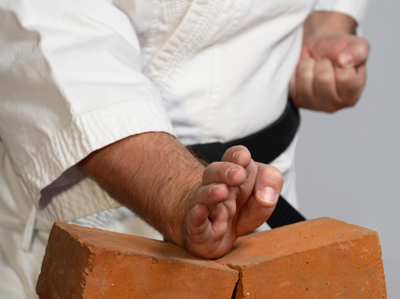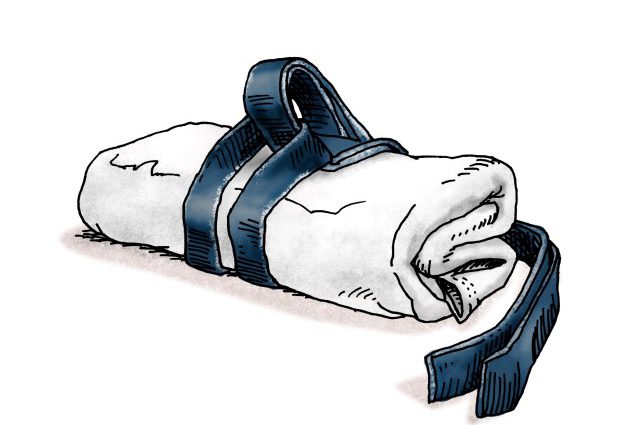Gusukuma Shinpan (1890-1954), also known as Shiroma Shinpan (Gusukuma is Okinawan dialect) was a master of Karate who is today, sadly, forgotten by many.
He was a student of Itosu Anko and Higaonna Kanryo, and a colleague of Mabuni Kenwa. Together they established what is today known as Shito ryu.
Gusukuma is one of the Karate pioneers I find the most interesting, and he often spoke of the eight considerations in kicking, and the four considerations of the punch.
Enjoy:
Considerations for kicking:
- When kicking in kata or kumite, the back must be kept straight so as to allow you to punch if the kick is blocked.
- The quickest kicks are of the snapping kind.
- The kicks of kata are performed with the toe-tipped foot¹.
- The most important kick is that done to the middle area².
- Consider the knee the “hinge” of the kick.
- The ankle must be as strong in kicking as the wrist is strong in punching.
- The leg must be loose and flexible while the toes are tight. Just like a punch, the arm is loose while the fist is tight.
- When kicking, always kick with both legs³.
Considerations for punching:
- The large knuckle finger and the thumb squeeze the index finger in a good fist.
- In making a strong fist, the index finger is folded first.
- Punching is done with a loose arm and tight fist.
- You strike with the index knuckle first.
——
Footnotes:
¹An old-style kick, where the kick is performed with the supported tip of the big toe. In modern times replaced with the ball of the foot kick. Some Okinawan masters have preserved the old method.
²Middle area refers to the chudan area (trunk of the body).
³Here “both legs” can mean either actually attacking with both legs, or (more likely) that the supporting leg should be as active as the “attacking leg”.



4 Comments